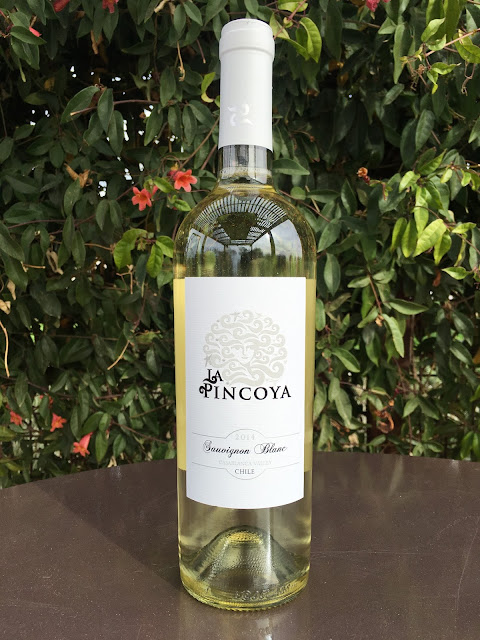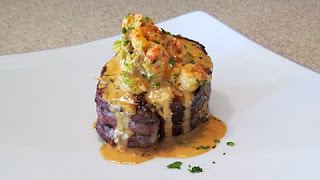So here it is NYE eve and the final Wine Wednesday of 2015. For this year’s bubbly I’ve decided to go with Cava - Spain’s take on
French Champagne. As you likely know,
only wine from the Champagne region of France can be called Champagne. What’s interesting
about Cava is that the same method is used to produce it (secondary fermentation) - Méthode
Champenoise in Champagne. In Spain and with Cava it is
referred to as Método Tradicional.
What is different
is the grape varietals used. The three
varietals for Champagne are Chardonnay, Pinot Noir and Pinot Meunier the last two being dark skinned
grapes. With Cava the primary varietals used
are native to Spain, Macabeo, Xarel.lo and Paellada all of which are white
skinned grapes. Today’s feature the
Segura Viudas Reserva Heredad (Brut) is comprised of 67% Macabeo and 33%
Parellada and comes from Penedes, Spain near Barcelona.
You’ve likely had Cava before but may or may not have been
aware of it. Many are quite inexpensive.
Cava ranges from sweet to dry just like Champagne and the more inexpensive ones
tend to be the sweeter ones. This Cava is a brut which is dry (brut nature
being the driest). There’s a tendency to want to compare Cava to Champagne but
to me they are distinctly different and equally enjoyable though Cava tends to
be more economically friendly making it a great NYE choice especially if you’ll
be raising a glass with several guests. This quality Cava was priced at $19.99. It is labeled as Reserva which means it was aged for a minimum of 15 months (though
this particular one was aged for 30 months). The grapes were all harvested by
hand and the riddling (turning of bottles during secondary fermentation) was
also done by hand.
The bottle is quite striking which also makes it a great
host/hostess gift and what’s inside lives up to the presentation. On the nose,
tropical fruit (mango) and also pear with a hint of fresh baked bread. On the palate an abundant amount of bubbles
just a hint of sweetness, apple and lemon/lime. The finish is crisp and
dry. Of course this is great by itself
for the midnight toast but if you prefer your bubbly with dinner the wonderful
acidity here makes it a great pairing with a creamy pasta dish like Prosciutto
Pasta Roulade or Scallops with Fettuccine Alfredo. Próspero Año Nuevo! Click the links below to print or save the recipe pairing suggestions.










































